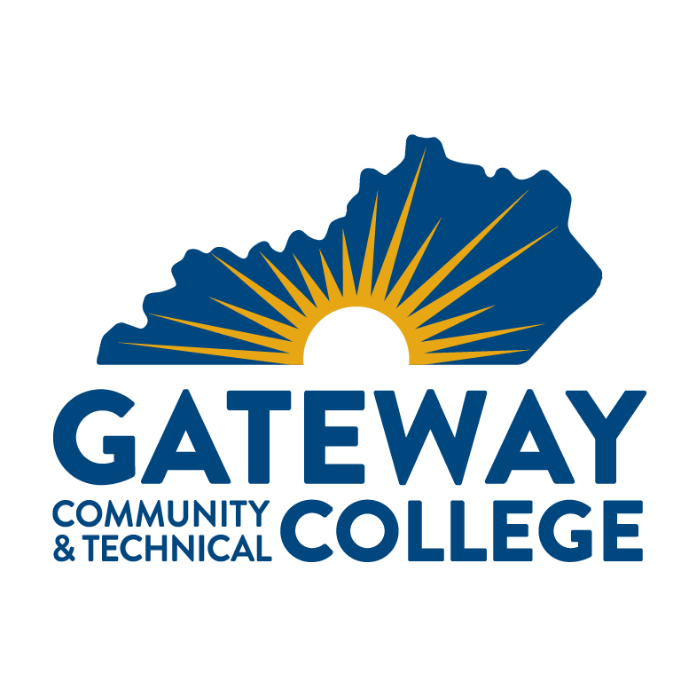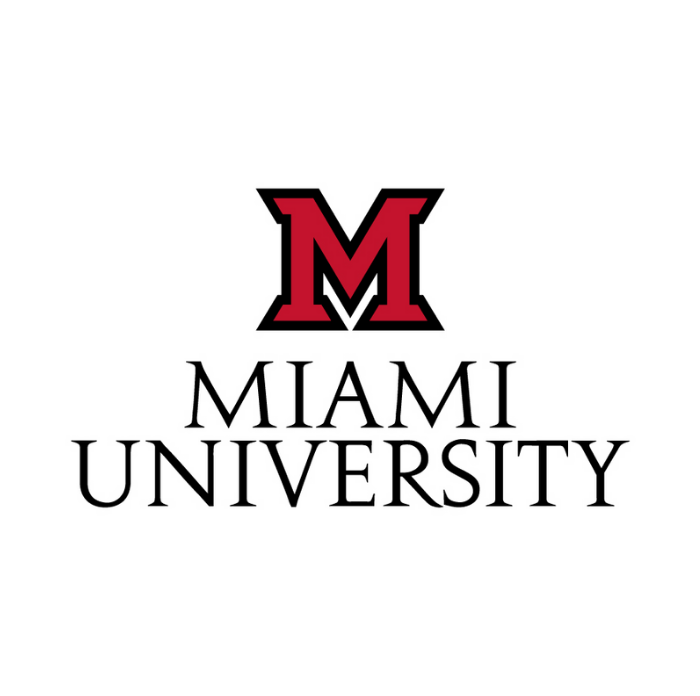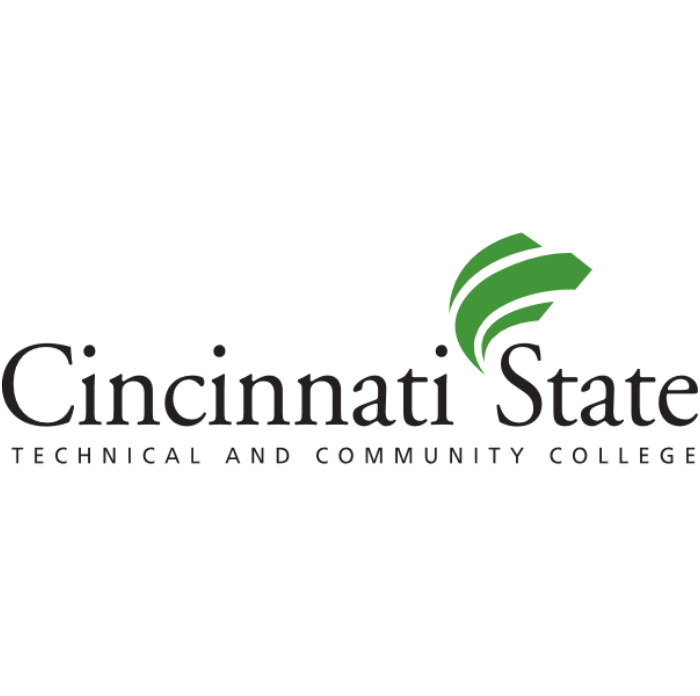
Moonshot for Social and Economic Mobility

Moonshot for Social and Economic Mobility is a collaborative project aiming to close gaps within regional clusters of two- and four-year colleges and universities by 2030.
Moonshot for Social and Economic Mobility
To fulfill the promise of student success, we must eliminate persistent gaps at our colleges and universities. Our communities and our country will thrive only if all people have a fair chance to gain the knowledge and skills necessary to succeed.
Today, that means helping many more Americans complete college degrees and credentials of value. Gateway is committed to working together and with EAB to help more students graduate from college.
What does this mean for Gateway?
The Moonshot for Social and Economic Mobility is a collaborative project led by education firm EAB, that aims to close gaps within regional clusters of two- and four-year colleges and universities by 2030. Schools that join the project commit to working together, and with EAB, to help more students graduate from college. The project was first launched in 2020 with NKU joining in 2021.
Members of the Moonshot for Social and Economic Mobility project are separated into regions. NKU is a member of the Greater Cincinnati/Northern Kentucky region. Each region must commit to deploying 15 research-based best practices and policies proven to substantially boost outcomes and are at the same time mutually beneficial for their student populations’ needs. Many of the Moonshot for Social and Economic Mobility’s practices align with NKU’s Success by Design framework.
All participating schools commit themselves to implement more than a dozen research-based best practices proven to remove barriers to success. These range from updating academic policies, to working together to establish common academic pathways, to providing mindedness training to university leaders.
Eighty percent of Americans now live in cities or suburbs. We must focus on these regions in order to make the greatest impact. Metropolitan areas provide the conditions necessary to form local collaborations with government, community organizations, and employers that help boost college attainment.
Regional collaborations between schools are also critical for establishing common academic pathways that allow students to move between two- and four-year institutions and earn their degrees more quickly and efficiently. Streamlining credit transfer between institutions and accelerating time to degree are significant aspects of the challenge.
The selection of colleges is based on a region’s track record of improving student outcomes through innovation, as well as their commitment to continuous improvement, transparency about their efforts, and shared learning with other institutions. Community colleges and four-year universities alike are encouraged to form a regional ecosystem based on student entrance and transfer patterns.
- Moon Shot will generate more college graduates in less time for less money & with improved career outcomes – for all students, regardless of socio-economic status.
- We need more college graduates for the employers across the greater Cincinnati and Northern Kentucky regions.
Our schools have been working on completion rates for some time, though the Moonshot
for Social and Economic Mobility initiative provides a valuable structure to enhance
& improve our efforts.
Some examples of areas in which we look forward to adding to our current efforts:
- Transfer Pathways & Academic Maps: Making it easier for a student to move from high school or a two-year institution to a four-year school, and once a student is on our campus, providing a straight-forward path to successfully complete a degree program with specific steps on required coursework, along with experiential learning & internships that are so valuable to today’s students.
- Change Management and Skill Building: We also welcome the additions to our offerings on how to cultivate a campus climate that is supportive of all student success, which is measured by a student being retained and ultimately graduating.
- Technology: Our school will use Navigate, EAB’s student success management system, to coordinate support services like advising, tutoring, and supplemental instruction. We look forward to utilizing these tools even more than we do today to provide the personal touch that helps students thrive.




